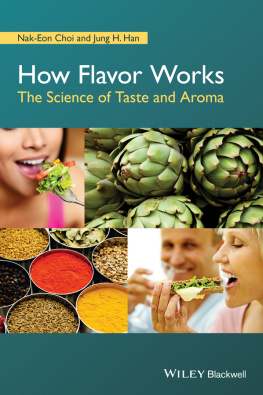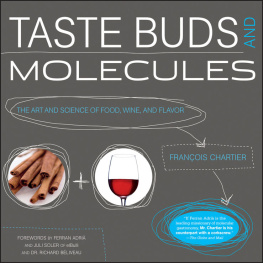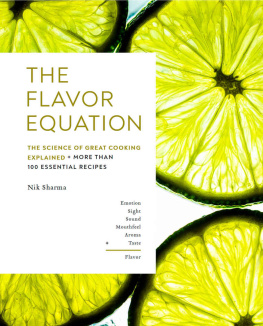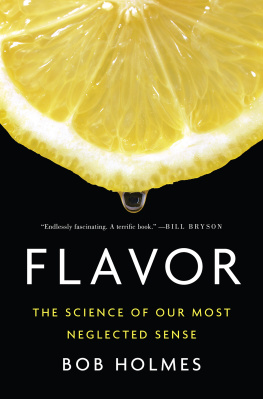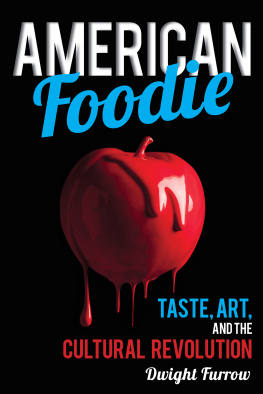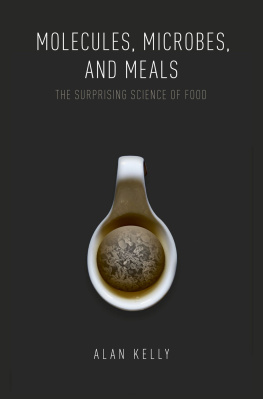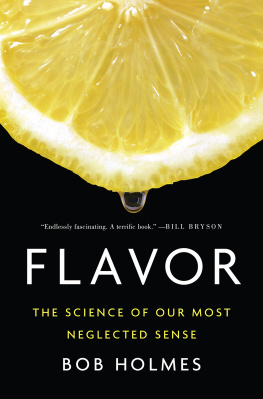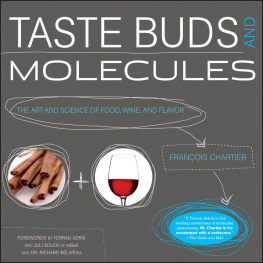
This edition first published 2015 2015 by John Wiley & Sons, Ltd
Registered office: John Wiley & Sons, Ltd, The Atrium, Southern Gate, Chichester,
West Sussex, PO19 8SQ, UK
Editorial offices: 9600 Garsington Road, Oxford, OX4 2DQ, UK
The Atrium, Southern Gate, Chichester, West Sussex, PO19 8SQ, UK
111 River Street, Hoboken, NJ 07030-5774, USA
For details of our global editorial offices, for customer services and for information about how to apply for permission to reuse the copyright material in this book please see our website at www.wiley.com/wiley-blackwell.
The right of the author to be identified as the author of this work has been asserted in accordance with the UK Copyright, Designs and Patents Act 1988.
All rights reserved. No part of this publication may be reproduced, stored in a retrieval system, or transmitted, in any form or by any means, electronic, mechanical, photocopying, recording or otherwise, except as permitted by the UK Copyright, Designs and Patents Act 1988, without the prior permission of the publisher.
Designations used by companies to distinguish their products are often claimed as trademarks. All brand names and product names used in this book are trade names, service marks, trademarks or registered trademarks of their respective owners. The publisher is not associated with any product or vendor mentioned in this book.
Limit of Liability/Disclaimer of Warranty: While the publisher and author(s) have used their best efforts in preparing this book, they make no representations or warranties with respect to the accuracy or completeness of the contents of this book and specifically disclaim any implied warranties of merchantability or fitness for a particular purpose. It is sold on the understanding that the publisher is not engaged in rendering professional services and neither the publisher nor the author shall be liable for damages arising herefrom. If professional advice or other expert assistance is required, the services of a competent professional should be sought.
Library of Congress Cataloging-in-Publication Data
Choi, Nak-Eon, 1965
How flavor works : the science of taste and aroma / Nak-Eon Choi, Jung H. Han.
pages cm
Includes bibliographical references and index.
ISBN 978-1-118-86547-7 (pbk.)
1. Taste. 2. Smell. I. Han, Jung H., 1964- II. Title.
QP456.C477 2015
612.8'7--dc23
2014031608
A catalogue record for this book is available from the British Library.
Wiley also publishes its books in a variety of electronic formats. Some content that appears in print may not be available in electronic books.
Cover image: artichokes at market laughingmango/iStockphoto; Woman eating salad aldomurillo/iStockphoto; Eating sandwich mediaphotos/iStockphoto; and indian spices collection bonchan/iStockphoto
Cover design by Translation by DIYPIA, Inc., S. Korea
Preface
Nowadays, technological developments progress at amazing rates. High-specification devices mean that people are connected wirelessly 24 hours a day everywhere with various services providing high-speed information. Many ordinary people now struggle to assimilate the large quantity of information that is available to them. There is so much accessible data and information around us, and, consequently there is a lot of bunk science which is not supported by subject experts or by any scientific evidence. In the high-speed Internet and media worlds, the voices of non-experts are generally louder than the true guidance of experts and junk science often captures the imagination of the public to the detriment of factual information. Food and diet are definitely favorite topics of pseudo-science. Some of the most common non-scientific examples are: MSG is unhealthy; high-fructose corn syrup is bad; natural ingredients have miraculous disease curing effects; microwave ovens kill the good active ingredients in foods; organic foods are more nutritious; and so on. These examples of bunk science spread much faster and are more persuasive to some people than genuine food science, especially in the world of the Internet. Time Magazine actually published an article entitled 6 Food Myths Debunked (Alice Park, April 7, 2014. http://time.com/50163/6-food-myths-debunked/). The six false myths that Time wanted to correct are: (1) microwaving foods kills nutrients, (2) the more grains, the better, (3) fat-free salad dressings are healthier, (4) avoid white vegetables, (5) juice cleansers are cleansing, and (6) coffee will only make you thirstier. None of these myths are supported by scientific evidence and they lead public opinion away from the true about foods and human health and culture.
As a Certified Food Scientist, I often feel a responsibility to correct such myths and to campaign for true knowledge with evidence-based scientific research for the general public and readers. Of course, whenever I have a chance to lecture or when I use social networks, I do raise my voice against pseudo food science. During my efforts to fix skewed information, I met a person who had already done a lot more work than me on the same subject. His name was Nak-Eon Choi and I met him through the Internet. I became his Facebook friend and also frequently visited his well-known web site (www.seehint.com), which contains a tremendous amount of information and knowledge on food science and culinology. Just after he published his third book What is Taste (2013), in Korean, I contacted him and proposed my plan to publish his book in English. Thankfully, he accepted my proposal and I started to work as his translation editor and a project manager for the publication of the book. High-speed Internet environments spread bunk science efficiently, but also work to create valuable networks with positive motivation and true knowledge campaigning. I think this book is a valuable result example of the construction of a positive network and provides momentum in the direction of true knowledge management.
Special thanks go to Jin Chul Choi, CEO of Sias Co., Ltd (South Korea), who supported the original author, Nak-Eon Choi, so that he could concentrate his efforts on this publication during his regular working hours. Without the support of Jin Chul Choi, the author could not have begun to work on his first version of this book in Korean. I also thank Yong Hoon Lim, CEO of Yemundang (South Korea), who published the Korean version in 2013. I also express my gratitude to DIYPIA, Inc. (South Korea), who worked on the first translation of the original book into English and Christian S. Han (University of Texas at Austin) who did the final corrections on completion of the English version. Also I thank the staff of Wiley in Oxford, for their strong support and patience. However, most of all, my gratitude goes to the original author, Nak-Eon Choi, the sole author of the Korean version, he who remains the primary author of this book. I believe that almost all of the credit for publishing this book should go to him. After reading the book, I hope everyone will begin to trust and appreciate all of the hard work and efforts by qualified food scientists on research and product development to provide better and safer food products for consumers around the world.
Jung H. Han, Ph.D., CFS
About the Authors
Nak-Eon Choi graduated from the Department of Food Science and Technology at Seoul National University with B.Sc. and M.Sc. degrees. He worked as a product developer and flavorist at a confectionary company in Korea, and is currently an R&D Director at Sias Co. Ltd, which is a flavor and sauce manufacturer in Korea. He has published several books in Korean, including
Next page
